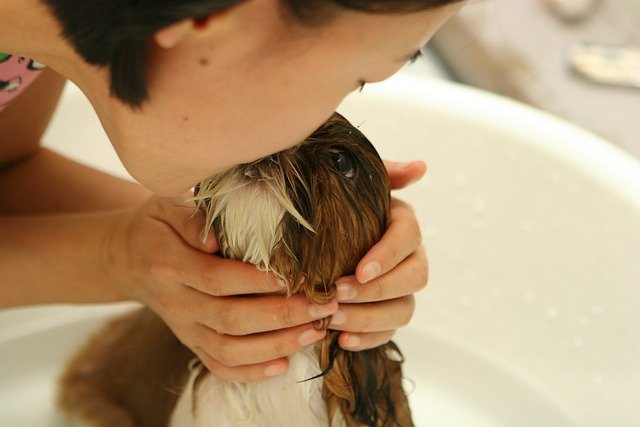Pet Cleaning: Practical Tips for a Cleaner Home
Keeping a home clean when you share it with animals requires planning, the right tools, and consistent habits. Pet cleaning covers daily upkeep like litter box scooping and fur control, plus deeper cleaning for fabrics, floors, and air quality. This article outlines practical steps for cat and dog owners to reduce odors, prevent stains, and maintain a healthy household environment.

Cat grooming and fur control
Regular grooming is one of the most effective ways to reduce loose hair and dander in a household with a cat. Brush your cat several times a week with a brush suited to its coat type; long-haired breeds may need daily brushing while short-haired cats often do well a few times weekly. For shedding seasons, use a deshedding tool and consider a grooming schedule that includes occasional professional trims if needed. Removing fur before it migrates onto furniture and carpets lowers allergen buildup and makes routine cleaning faster.
Litter box maintenance and odors
A clean litter box is central to indoor cat hygiene and odor control. Scoop solid waste daily and fully change the litter and wash the box with mild, unscented soap at least once a week, or more often for multiple-cat households. Avoid strong chemical cleaners that leave residues cats dislike; warm water and a mild detergent usually suffice. Placing the litter box in a ventilated, low-traffic area and using a mat to trap litter can reduce scatter. For persistent odors, try unscented clumping litter and ensure adequate box-to-cat ratio (generally one box per cat plus one).
Pet bath and spot-cleaning tips
Bathing frequency depends on the animal’s species, coat type, and lifestyle. Many cats groom themselves and rarely need full baths, while some dogs require periodic bathing with a pet-formulated shampoo. For spot cleaning, use a damp cloth or pet-safe wipes to remove dirt and prevent oils from building up. When cleaning stains or odors from upholstery or rugs, blot first (don’t rub), then apply an enzymatic cleaner designed for pet messes to break down organic residues. Always test cleaners on an inconspicuous area and follow label instructions to protect fabrics and your pet’s health.
Cleaning products and safe choices
Select cleaning products that are effective but safe for pets. Enzymatic cleaners target urine and organic odors and are generally preferred for pet stains. Avoid products that contain phenols, bleach in high concentrations, or essential oils known to be toxic to animals, such as tea tree or citrus oils. For routine floor cleaning, dilute pet-safe detergents or use steam cleaning where appropriate (and ensure surfaces cool before pets return). Store all chemicals out of reach and be mindful of contact times specified on product labels to avoid irritation to paws, skin, or respiratory systems.
Household routines to reduce mess
Create simple daily and weekly routines to keep pet-related mess manageable. Daily tasks: quick litter box scooping, sweeping or vacuuming high-traffic areas, wiping paws after outdoor walks, and spot-cleaning accidents promptly. Weekly tasks: wash bedding and pet blankets, vacuum upholstery and mattresses, and clean feeding bowls. Use washable covers for furniture and a vacuum with a HEPA filter to capture fine dander. If multiple pets or children are in the home, establish clear zones where pets are allowed and limit access to certain fabrics or rooms to reduce the scope of cleaning required.
Conclusion
Consistent habits and the right tools make pet cleaning manageable without needing harsh chemicals or excessive time. Prioritize preventive measures—regular grooming, prompt litter box care, and quick stain response—to reduce odours and prolong the life of household fabrics and floors. Choose pet-safe cleaners and maintain simple daily and weekly routines so that pet care fits naturally into household maintenance. Over time, these small practices combine to create a cleaner, healthier living space for both people and animals.






